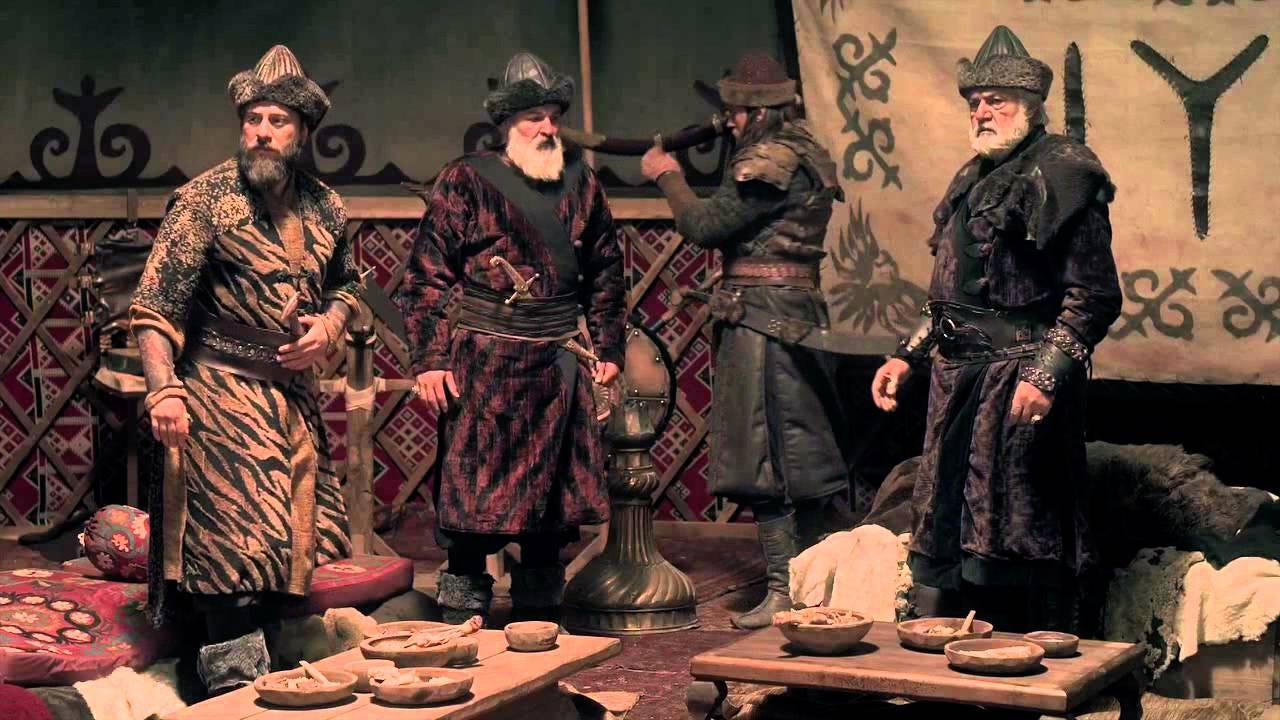Tutorials on DevOps Technologies including Bugzilla, Chef, Docker, Git, Jira, Kubernetes, Puppet, SaltStack, Scrapy, Unix
Tuesday, 19 May 2020
Monday, 18 May 2020
GET ERTUGRUL SEASON 3 AND 4 ON NETFLIX!!
 Ertugrul is an amazing turkish drama which is watched by millions of people around the world. We need season 3 and season 4 uploaded on Netflix immediately.
Ertugrul is an amazing turkish drama which is watched by millions of people around the world. We need season 3 and season 4 uploaded on Netflix immediately.
When will Resurrection: Erugrul Season 3

As many of you will know by now, Turkey produces some fantastic dramas and many can be.provides us with an otherwise hidden array of gems. Resurrection: Ergual is a historical drama set in 13th-century Turkey where a warrior agrees to fight a sultan’s enemies in exchange for new tribal land.
One important point we need to make about Turkish series on is that the series is often changed significantly from the original broadcast. In the case of Resurrection, the series is not only subtitled, but also the runtimes are tweaked too. 130 episodes are split into two seasons in 45-minute episodes. In Turkey, the show is up to season 4 with episodes ranging from an hour to several hours at a time.
Sunday, 17 May 2020
Who was Ertugrul Ghazi? (ارطغرل کون تھا) - Molana Tariq Jameel Latest Bayan about Ertugrul Ghazi
Resurrection | Ertugrul
The Ottoman Empire (/ˈɒtəmən/; Ottoman Turkish: دولت عليه عثمانيه Devlet-i ʿAlīye-i ʿOsmānīye, literally "The Sublime Ottoman State"; Modern Turkish: Osmanlı İmparatorluğu or Osmanlı Devleti; French: Empire ottoman)[note 5][13] was a state and caliphate that controlled much of Southeast Europe, Western Asia and North Africa between the 14th and early 20th centuries. It was founded at the end of the 13th century in northwestern Anatolia in the town of Söğüt (modern-day Bilecik Province) by the Oghuz Turkish tribal leader Osman I.[14] Although initially the dynasty was of Turkic origin, it was Persianised in terms of language, culture, literature and habits.[15][16] After 1354, the Ottomans crossed into Europe, and with the conquest of the Balkans, the Ottoman beylik was transformed into a transcontinental empire. The Ottomans ended the Byzantine Empire with the 1453 conquest of Constantinople by Mehmed the Conqueror.[17]
During the 16th and 17th centuries, at the height of its power under the reign of Suleiman the Magnificent, the Ottoman Empire was a multinational, multilingual empire controlling most of Southeast Europe, parts of Central Europe, Western Asia, parts of Eastern Europe and the Caucasus, North Africa and the Horn of Africa.[18] At the beginning of the 17th century, the empire contained 32 provinces and numerous vassal states. Some of these were later absorbed into the Ottoman Empire, while others were granted various types of autonomy over the course of centuries.
During his brief majority reign, Murad IV (1623–1640) reasserted central authority and recaptured Iraq (1639) from the Safavids.[80] The resulting Treaty of Zuhab of that same year decisively parted the Caucasus and adjacent regions between the two neighbouring empires as it had already been defined in the 1555 Peace of Amasya.[81][82] The Sultanate of women (1623–1656) was a period in which the mothers of young sultans exercised power on behalf of their sons. The most prominent women of this period were Kösem Sultan and her daughter-in-law Turhan Hatice, whose political rivalry culminated in Kösem's murder in 1651.[83] During the Köprülü Era (1656–1703), effective control of the Empire was exercised by a sequence of Grand Viziers from the Köprülü family. The Köprülü Vizierate saw renewed military success with authority restored in Transylvania, the conquest of Crete completed in 1669, and expansion into Polish southern Ukraine, with the strongholds of Khotyn and Kamianets-Podilskyi and the territory of Podolia ceding to Ottoman control in 1676.[84]
This period of renewed assertiveness came to a calamitous end in 1683 when Grand Vizier Kara Mustafa Pasha led a huge army to attempt a second Ottoman siege of Vienna in the Great Turkish War of 1683–1699. The final assault being fatally delayed, the Ottoman forces were swept away by allied Habsburg, German, and Polish forces spearheaded by the Polish king John III Sobieski at the Battle of Vienna. The alliance of the Holy League pressed home the advantage of the defeat at Vienna, culminating in the Treaty of Karlowitz (26 January 1699), which ended the Great Turkish War.[85] The Ottomans surrendered control of significant territories, many permanently.[86] Mustafa II (1695–1703) led the counterattack of 1695–96 against the Habsburgs in Hungary, but was undone at the disastrous defeat at Zenta (in modern Serbia), 11 September 1697.














